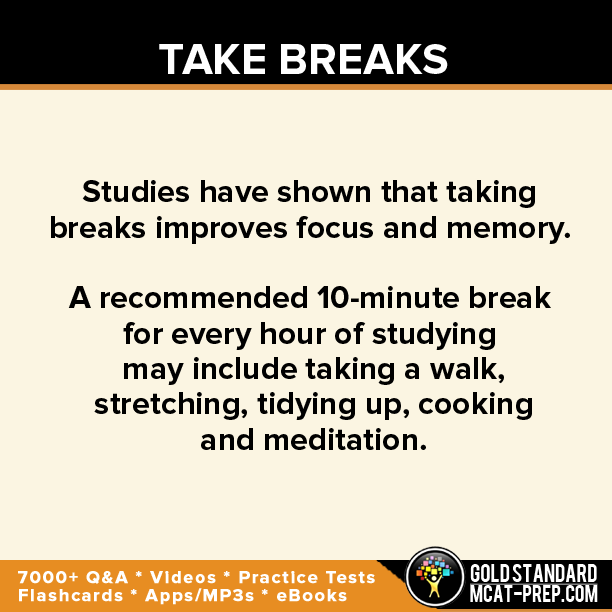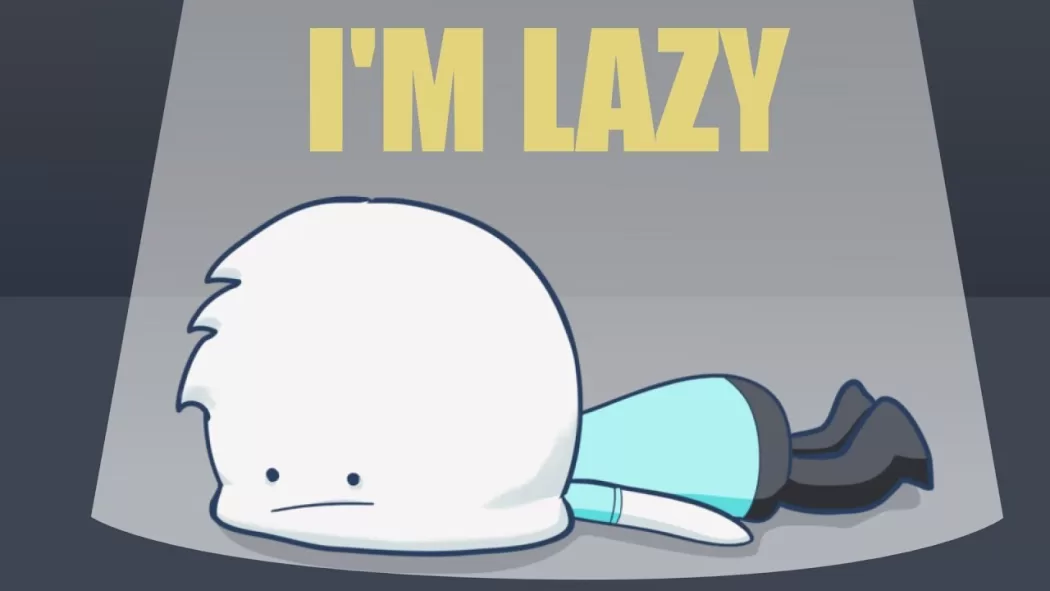It’s a boring afternoon. You’re tired after exhausing actuarial class, and all you want to do is curl up with Netflix and a bowl of cereal. But you really should study, and you know it that actuarial exams are close now. It’s just that you just don’t feel like it at all.
(Gross, I know).
How do you avoid procrastination and build up the motivation to get started?
Well, you’ve come to the right place. That’s what we’re talking about today. Of course, there are some long-term steps you could take to make sure this scenario happens less often, like building more self-discipline and better study habits…
…but what if you need to get started like, right now?
Btw for long term study tips and strategies click here Tips and Strategies to clear actuarial exams
We’ve got you covered. Follow our 5-step process to get the study ACTUARIAL motivation you need:
Step 1: Take a Walk

Funnily enough, this is one of the most effective steps in the process, and it’s usually the one that you feel the most resistance to. When there’s a bunch of work to be done, it feels counterintuitive to leave it all behind and go outside. So, why should you?
Two big reasons:
- Walking is good for your brain.
- Walking creates productive momentum.
Let’s talk about the brain part first.
Moderate exercise, like going for a walk, does a couple of things:
First, it puts your brain in a prime state to receive and store new information. Research by UCLA found that exercise stimulates the production of several growth factor hormones which promote neuroplasticity, or your brain’s ability to form new neural pathways. This is crucial to your ability to learn and memorize new stuff.
As if that wasn’t enough, exercise — specifically exercise outside — is great for your energy and motivation levels. Here’s why:
- Exercise produces endorphins, chemicals that improve your mood and boost motivation. It also moves more oxygen to your brain, helping to chase away brain fog and lingering fatigue.
- Getting outside for even 30 minutes will produce enough Vitamin D to boost your energy and lighten your mood.
Ok, so science tells us exercise is great for our brains, but there’s another really cool thing that going for a walk does which will help kickstart your motivation. It creates momentum.
Think about it this way: going outside for a walk will make you feel as if you’ve accomplished something.
Instead of sitting at your desk, moping around, and feeling like you ought to be getting something done, you actually are getting something done.
By the time you go for a walk around the block and come back to your desk, you’ll feel accomplished already, and that will propel you forward into your textbooks and notes.
It works for the same reason that making your bed or doing the dishes gets you a good start to your day. It creates momentum. Objects in motion tend to stay in motion. Going for a walk gets you moving on a productive track without ever touching your studies.
Step 2: Commit to a Single Task

So, you’re back from your walk, and it’s time to sit down and do some work. Don’t get started just yet. First, pick one thing to focus on.
If you pick more than one thing, you’re setting yourself up to be distracted.
When you’re trying to accomplish multiple tasks, you’ll be tempted to hop to the next item of your to-do list the moment the first thing gets boring or difficult. It’s human nature.
Instead, set yourself up for success and pick one thing to focus on at first. Commit to it. Even write it down. Your will must be iron. Like the iron pen referenced by Nicholas Cage in National Treasure. Resolved.
Science tells us that people who write down their goals are 42% more likely to achieve them. The same goes for your to-do-list. When you write a goal down, you’re committed to it. You have something to look at that will remind you of your main focus for that day.
This makes it a whole lot easier to get that One Very Important Thing done, like writing a research paper or studying for a test. You won’t be worried about three thousand other things. Your brain only has to focus on one task. Be nice to your brain and commit to a single goal before doing anything else.
Step 3: Clear to Neutral

The very next thing you should do is clear your workspace to neutral.
In his book Kitchen Confidential, chef Anthony Bourdain talks about how a clean workspace is essential, especially in the kitchen:
“Mise-en-place is the religion of all good line cooks. Do not fuck with a line cook’s “meez” — meaning their set-up, their carefully arranged supplies of sea salt, rough-cracked pepper, softened butter, cooking oil, wine, back-ups, and so on…
If you let your mise-en-place run down, get dirty and disorganized, you’ll quickly find yourself spinning in space and calling for back-up…
That’s what the inside of your head looks like now. Work clean!”
Mise-en-place literally means “everything in its place.” Like Chef Bourdain points out, it’s hard to focus when your workspace isn’t clean.
Before you move on, get rid of anything that doesn’t relate to the task at hand.
Throw your trash away.
Give yourself a clear workspace.
Close extra browser tabs you aren’t going to use.
Shut off the internet entirely, if you have to.
Once that’s done, you’re ready to begin your actuarial studies.
Step 4: Use the “Low Effort” Hack

So your heart rate is up. Your brain is clear. You’ve picked one thing to work on, written it down, and cleared your space to neutral. Now what?
Time to get cracking.
Usually, our brain has a lot of resistance to starting. Maybe the blank page is staring at you, and all you want to do is fire up Pokémon Go and walk far, far away from your computer and textbook.
In response, you need to eliminate as much resistance as possible and make it easy for yourself to choose to start over playing Pokémon Go. This isn’t as difficult as you might think. Here’s how:
If you have to write a paper, then just start word-vomiting. Write whatever comes to your head, even if it isn’t related to the paper. The blank page is your enemy. Fill it up.
If you hit a snag, just make a note of something you need to elaborate on or a piece of research you need to do. Then, move on. You can always edit later, but it’s impossible to edit a blank page.
If you’re studying for a test, have the attention span of a goldfish, and aren’t sure where to start, just take out your notes and stare at them for five minutes. You can do anything for five minutes.
This goes for any piece of homework or studying you have to do. Give yourself stupidly easy tasks at first. Then, increase difficulty as you gain momentum and focus.
5. Use the Pomodoro Technique to Overcome Inertia

Here’s a way to beat your resistance to studying every time:
- Set a timer for 25 minutes or 50 minutes, and work on just one task during that time
- Take a five-minute break or ten minutes after the timer goes off.
- Repeat your 25/5 block four times or 50/10 block two times.
- Take a longer break.
Not only does the Pomodoro Technique help eliminate resistance, because working for a short time is manageable; it also, over time, can help improve your attention span and focus.
You’ll be surprised how fast that 25-minute block of time goes, and once you get in a good flow, don’t be afraid to ignore the timer and keep going! The whole point of the technique is just to get you started.
While you’re working, keep a piece of paper next to you. When you think of something (say, you need to email your professor, text a friend, or look up a recipe for Skyrim‘s sweet rolls), write it down on the piece of paper and go back to work.
This helps chase distracting thoughts out of your brain. When you write them down, you alleviate your brain’s need to remember them and free up your focus muscles for the task at hand.
Hence to conclude…
To sum up, if you’re having trouble studying, there are five steps you should take:
- Go for a walk outside.
- Commit to one single task, and write it down.
- Clear your workspace to neutral.
- Use the “Low Effort” Hack to get started.
- Beat procrastination with the Pomodoro Technique.
Combine this with a dose of self-discipline, healthy study habits built up over a period of time, and a well-designed study space conducive to success, and you shouldn’t find it too difficult to feel motivated to get work done.
And just in case you’re still procrastinating, here’s your sign:
Stop reading this, and go do the thing.
Also Read : Tips and Strategies to clear actuarial exams
Source:- CollegeInfogeek


